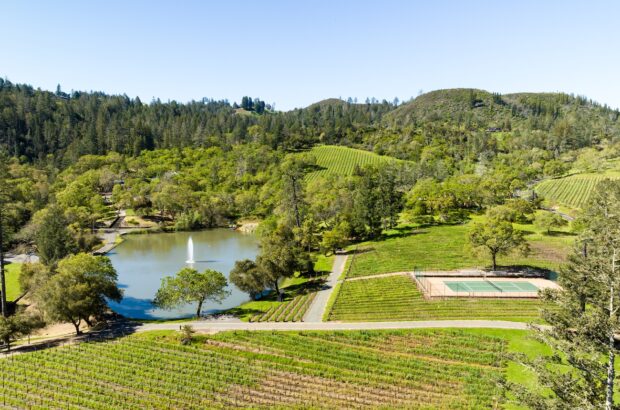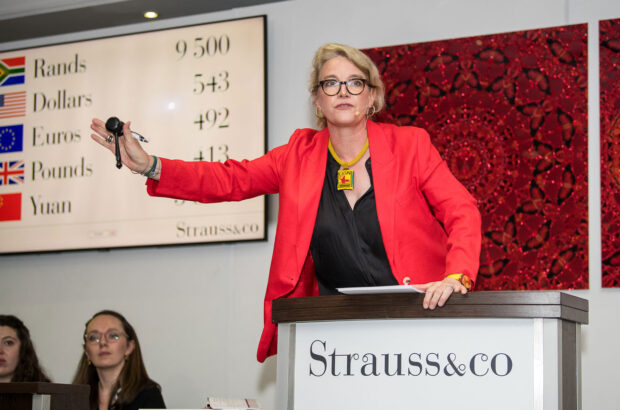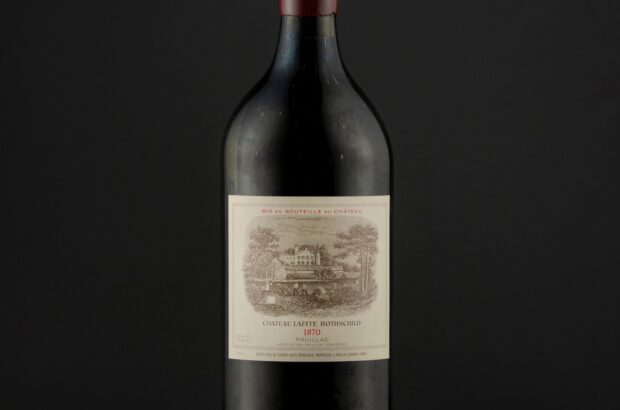Champagne is the latest region of France to see its 2013 harvest come under pressure from rot, but there is a mixed picture with picking only just underway in several key areas.
(Hail destroyed 300 hectares of Champagne vines in late July)
Like in many areas of France, the 2013 harvest in Champagne began later than usual, putting some growers and producers in a precarious position as the weather cools and the chance of rain rises.
According to rules set by regional trade body CIVC, growers can harvest up to 10,000kg per hectare this year, with a further a 3,100kg/ha allowed to be used for the Réserve Individuelle – still wine held as insurance by individual producers.
However, while the jury remains out with the bulk of the harvest still underway, many growers are expected to fall some way short of that maximum, due to disease problems and also uneven ripening, especially in vineyards that flowered during a damp June.
This is particularly a problem with Chardonnay in the Côte de Blancs. Yields there are often the highest in the appellation, but are expected to be 9,000 to 10,000kg/ha, according to Bruno Paillard, owner of his namesake house. Veuve Clicquot’s chef de cave, Dominique Demarville, added that Aÿ has the same problem.
Bouts of hail also damaged Champagne over the summer, as in other regions. ‘We lost 30% of the crop in the Côte des Blancs from hail,’ said Perrier-Jouët winemaker Hervé Deschamps, who expects yields to be around 9,000kg/ha in Avize and Cramant.
Still, the picture is very mixed, and yields are set to be significantly higher Bouzy, Verzy and Verzenay.
There is also early confidence on quality in some areas. Demarville said he has seen ‘great parcels’ in Mesnil and Oger. ‘These Chardonnays are beautiful with 10.5 to 11% alcohol by volume natural and 9 mg per litre of acidity. The taste of the grapes is nice, fruity and balanced.’
If the 13,100kg/ha maximum yield is breached, and quality is high enough, producers may use new the material to replace poor quality vin clairs already sitting in their reserves. The unwanted wine will be distilled into Fine de Champagne.
Fabrice Rosset, chairman of Deutz, said the group has earmarked 80,000 litres to swap if it gets enough good wine to do so.
(Editing by Chris Mercer)
Written by Giles Fallowfield







